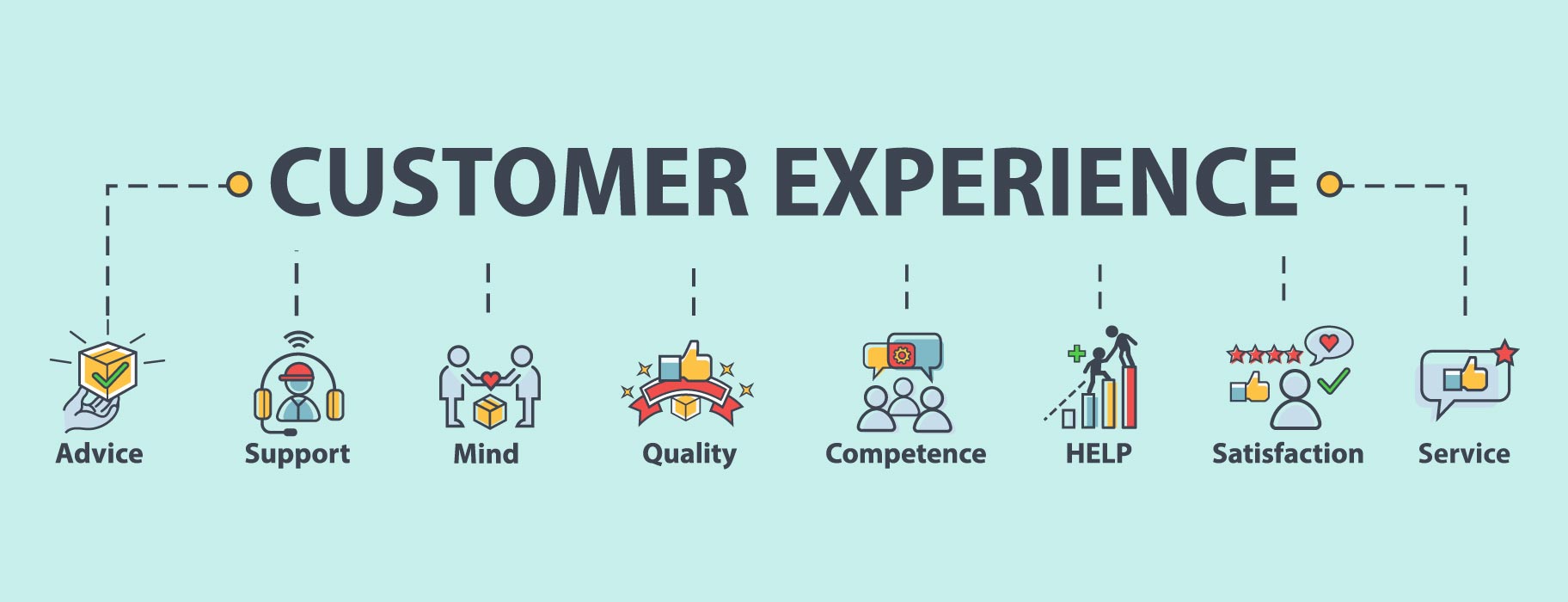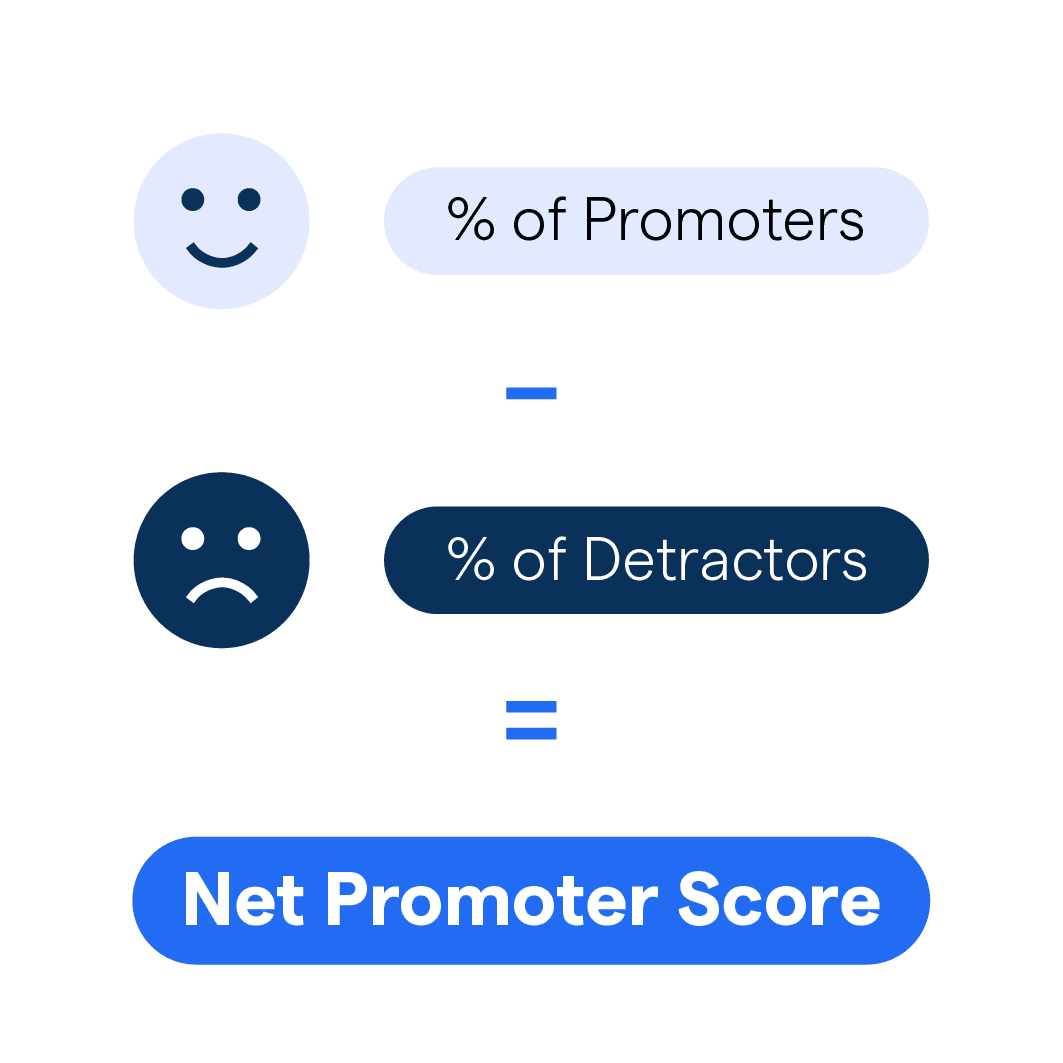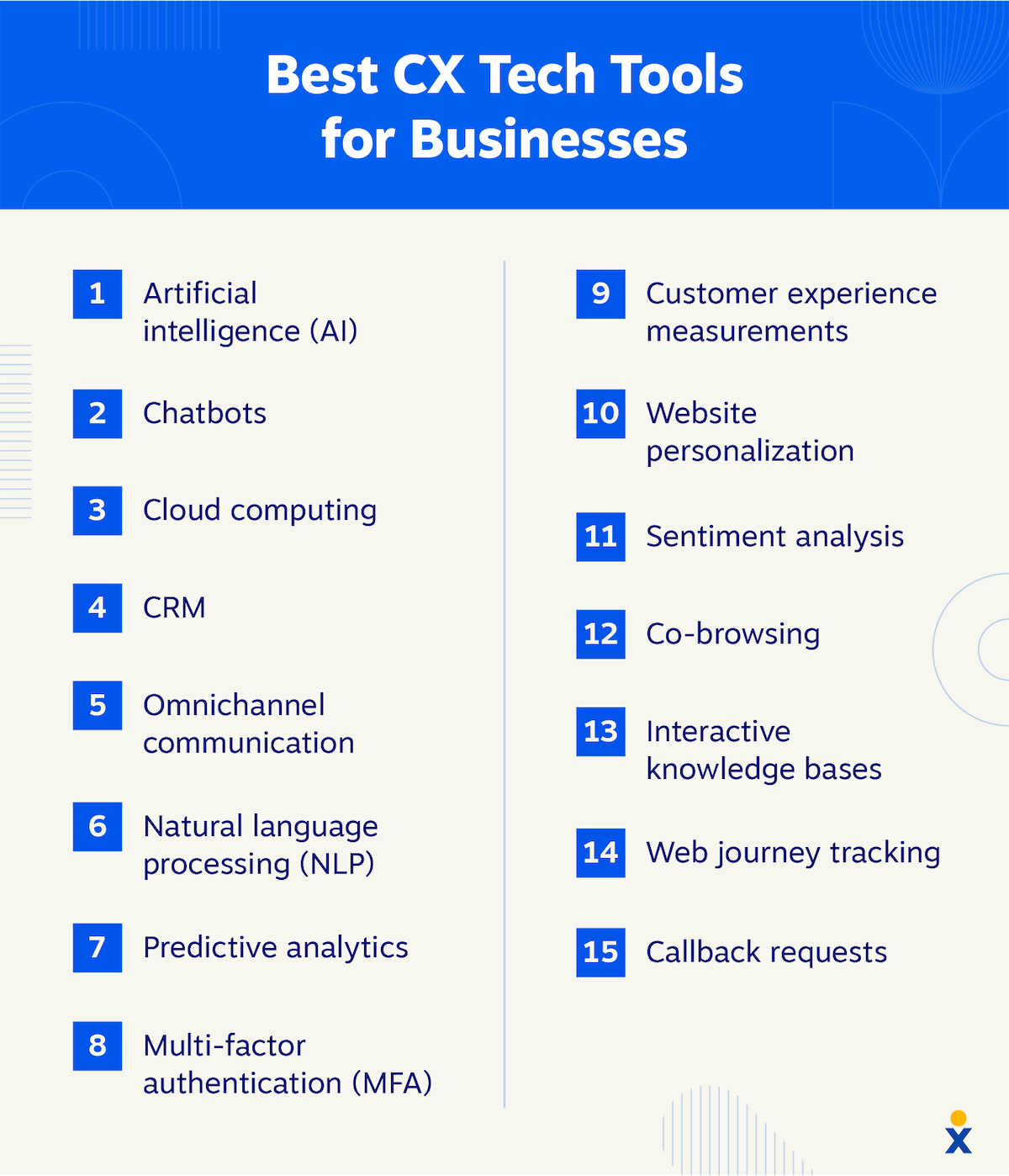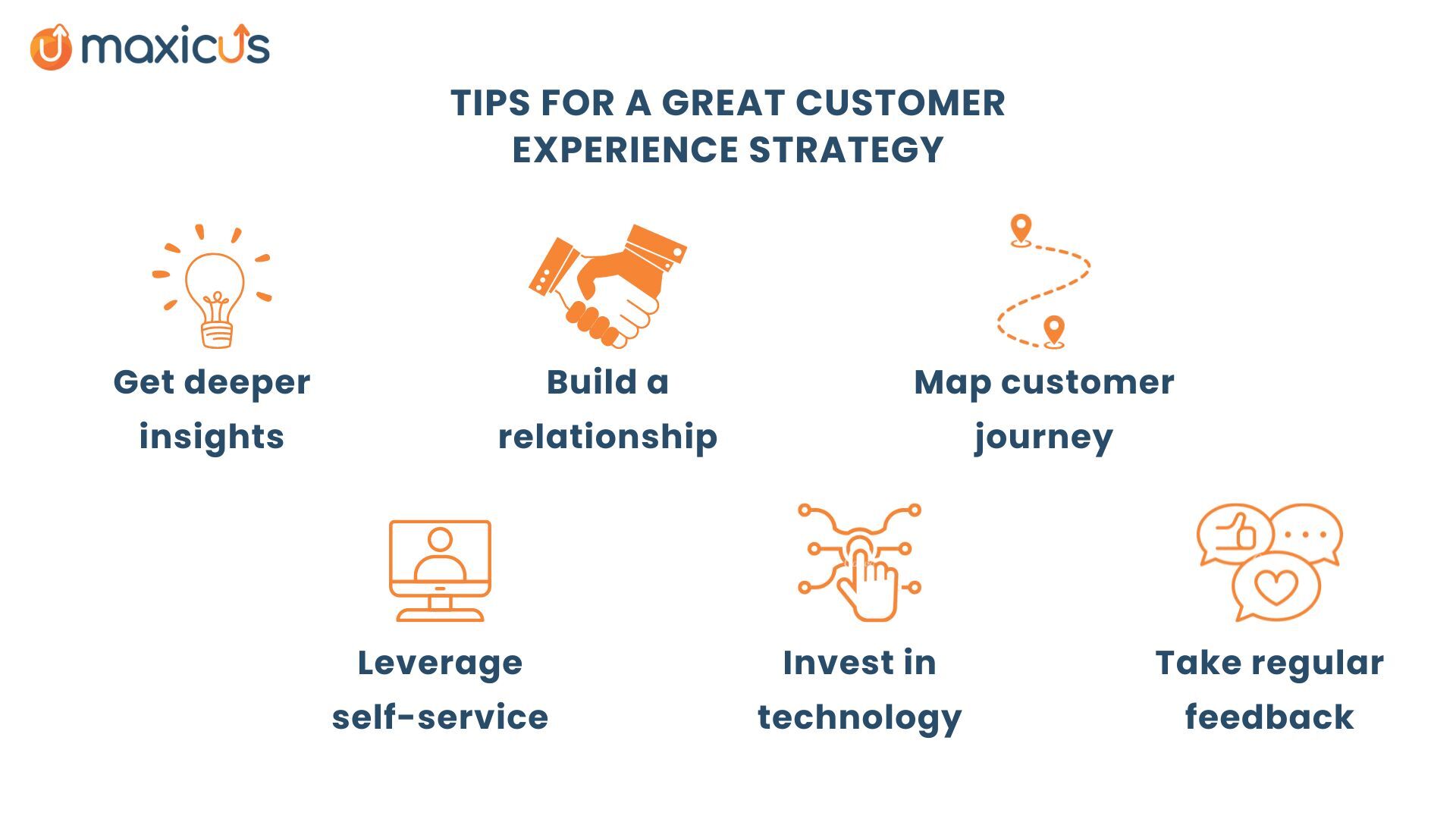What is Customer Experience (CX)?
Customer Experience (CX) is the sum of all emotions, perceptions, and interactions a customer has with a brand throughout their journey.
It encompasses every touchpoint, from the moment a customer discovers a brand to the time they make a purchase and beyond. In a nutshell, it's all about how customers feel about their relationship with a brand.

CX is a critical aspect of modern business, as it can make or break a company's reputation and success.
By providing exceptional customer experiences, businesses can differentiate themselves from competitors, foster customer loyalty, and drive growth.
In today's digital age, where customers have more choices than ever before, focusing on CX is essential for staying ahead of the curve.
Customer Experience vs Customer Service
While customer service is an essential component of CX, it's crucial to understand that they are not the same thing.
Customer service refers to the support and assistance provided to customers before, during, and after a purchase.
On the other hand, CX encompasses the entire customer journey, including customer service, marketing, product quality, and more.
Why Customer Experience Matters
.png?width=750&height=750&name=why%20customer%20experience%20matters%20(1).png)
Understanding the importance of customer experience (CX) is crucial. It impacts retention, brand reputation, and revenue growth significantly.
Impact on Customer Retention
Delivering exceptional CX can significantly improve customer retention, as satisfied customers are more likely to continue doing business with a brand.
By focusing on CX, businesses can reduce customer churn, increase lifetime value, and ultimately boost their bottom line.
Influence on Brand Reputation
Positive customer experiences can enhance a brand's reputation, leading to increased word-of-mouth marketing and customer referrals.
Conversely, negative experiences can damage a brand's image, causing potential customers to look elsewhere.
By prioritizing CX, companies can create brand advocates who will sing their praises and attract new customers.
Connection to Revenue Growth
A strong focus on CX can lead to increased revenue growth.
When customers have positive experiences, they are more likely to make repeat purchases, try new products or services, and recommend the brand to others.
By investing in CX, businesses can enjoy higher customer lifetime value and a more extensive, loyal customer base.
Suggested Reading:
Cx Tech Ecosystem
Who is Responsible for Customer Experience?
Effective Customer Experience requires a collective effort, with dedicated teams, employee involvement, and strong leadership driving the strategy.
Role of Customer Experience Teams
Many organizations have dedicated CX teams responsible for designing, implementing, and managing customer experience initiatives.
These teams typically work closely with other departments, such as marketing, sales, and customer service, to ensure a consistent and seamless customer journey.
Involvement of All Employees
While CX teams play a crucial role, it's essential to remember that every employee has a part in shaping customer experiences.
From the CEO to frontline staff, everyone should understand the importance of CX and be empowered to make decisions that positively impact customers.
Leadership and CX Strategy
Leadership plays a vital role in driving CX excellence. By setting the tone and prioritizing CX, leaders can ensure that customer-centricity is ingrained in the company's culture.
This includes establishing a clear CX strategy, providing resources and support, and recognizing employees who contribute to exceptional customer experiences.
When to Focus on Customer Experience?
Focusing on CX is a continuous process, from the start of the customer journey to key moments and ongoing improvement.
Throughout the Customer Journey
Focusing on CX should be a continuous effort that spans the entire customer journey.
From the moment a customer becomes aware of a brand to their post-purchase interactions, every touchpoint is an opportunity to create memorable experiences that keep customers coming back for more.
Key Moments of Truth
While every interaction matters, some moments hold more weight in shaping customer perceptions.
These "moments of truth" can include the first impression, purchase decision, and post-purchase support. By identifying and optimizing these critical touchpoints, businesses can make a lasting impact on customer experiences.
Suggested Reading:
Customer Experience Management: Key Components
Continuous Improvement Process
CX is not a one-time effort but rather an ongoing process of learning, adapting, and improving.
By regularly gathering customer feedback, analyzing data, and making data-driven decisions, companies can continuously refine their CX strategies to better meet customer needs and expectations.
Where Customer Experience Takes Place

Customer Experience (CX) occurs across various channels, from online platforms to physical stores, requiring consistency and engagement at all touchpoints.
Online Experiences
In today's digital world, online experiences play a significant role in shaping customer perceptions. This includes a brand's website, mobile app, social media presence, and more.
By providing easy-to-use, engaging, and personalized online experiences, businesses can create positive customer impressions and drive loyalty.
In-Store Experiences
Physical stores still play a vital role in CX, as they provide customers with the opportunity to see, touch, and try products before making a purchase.
By creating welcoming, well-designed, and enjoyable in-store experiences, businesses can leave a lasting impression on customers and encourage repeat visits.
Suggested Reading:
6 Powerful Ways Chatbots Can Transform Your Customer Experience
Multi-Channel Experiences
Customers often interact with brands across multiple channels, both online and offline.
By providing seamless, consistent experiences across all touchpoints, businesses can ensure that customers have a positive and cohesive journey, regardless of how they choose to engage with the brand.
How to Measure Customer Experience?
Measuring CX is essential for improvement, using metrics like CSAT, NPS, and CES to gauge satisfaction and loyalty.
Customer Satisfaction (CSAT) Score
CSAT is a widely-used metric that measures customer satisfaction with a specific product, service, or interaction.
By asking customers to rate their satisfaction on a scale (e.g., 1-5), businesses can gain insights into customer perceptions and identify areas for improvement.
Net Promoter Score (NPS)

NPS is a popular metric that measures customer loyalty by asking customers how likely they are to recommend a brand to others.
Based on their responses, customers are categorized as promoters, passives, or detractors, and an overall NPS score is calculated.
Customer Effort Score (CES)
Customer Effort Score (CES) measures the ease of a customer interaction, such as making a purchase or resolving an issue.
By asking customers to rate the effort required on a scale, businesses can identify pain points and opportunities to streamline processes, ultimately improving CX.
Components of a Great Customer Experience
Exceptional CX is built on personalization, consistency, empathy, and emotional connections, fostering loyalty and satisfaction.
Personalization: Personalized experiences make customers feel valued and understood, leading to stronger emotional connections and increased loyalty.
By leveraging customer data and preferences, businesses can create tailored experiences that resonate with individual customers.
Consistency: Consistency is key in providing exceptional CX, as it ensures that customers have a seamless and predictable journey across all touchpoints.
By establishing clear brand guidelines and standards, businesses can create cohesive experiences that build trust and familiarity.
Empathy and Emotional Connection: Emotion plays a significant role in shaping customer perceptions and behaviors.
By demonstrating empathy and creating emotional connections, businesses can foster deeper customer relationships and drive long-term loyalty.
Tools and Technologies for Customer Experience

Effective Customer Experience (CX) relies on tools like CRM systems, feedback mechanisms, and analytics to optimize strategies and improve outcomes.
Customer Relationship Management (CRM) Systems: CRM systems help businesses manage customer data, interactions, and history, allowing them to provide personalized and consistent experiences across all touchpoints.
Customer Feedback and Survey Tools: Tools like online surveys, focus groups, and social listening can help businesses gather valuable customer feedback, which can be used to identify areas for improvement and drive CX initiatives.
Analytics and Data Visualization: Data analytics and visualization tools can help businesses gain insights into customer behavior, preferences, and trends, allowing them to make informed decisions and optimize CX strategies.
Best Practices for Improving Customer Experience

Improving CX requires listening to customers, empowering employees, and leveraging technology and data for personalized experiences.
Listen to Your Customers: Actively seeking and listening to customer feedback is crucial in understanding their needs, expectations, and pain points.
By incorporating this feedback into CX initiatives, businesses can ensure they are meeting customer demands and continuously improving.
Empower your Employees: Employees play a vital role in creating positive customer experiences.
By providing them with the necessary training, resources, and support, businesses can empower employees to make customer-centric decisions and deliver exceptional service.
Leverage Technology and Data: By harnessing the power of technology and data, businesses can gain valuable insights into customer behavior and preferences, allowing them to create personalized, relevant, and engaging experiences.
Frequently Asked Questions (FAQs)
What is customer experience (CX)?
Customer experience refers to the overall perception and emotional response customers have towards a brand based on their interactions across various touchpoints.
Why is customer experience important?
A positive customer experience drives customer satisfaction, loyalty, and advocacy, leading to increased customer retention and business growth.
How can businesses improve customer experience?
Improving CX involves understanding customer needs, personalizing interactions, offering seamless omnichannel support, and continuously gathering and acting on customer feedback.
What is the role of technology in customer experience?
Technology enhances CX by enabling personalized marketing, automating support processes, providing real-time analytics, and facilitating seamless communication across channels.
How can businesses measure customer experience?
Key metrics for measuring CX include customer satisfaction (CSAT), Net Promoter Score (NPS), and Customer Effort Score (CES), along with qualitative feedback analysis.

